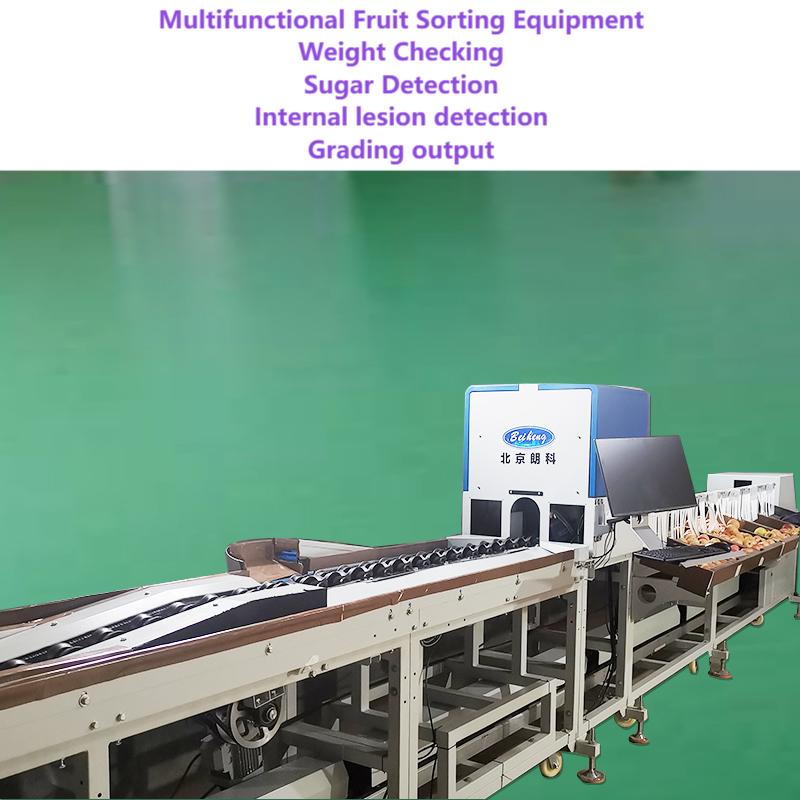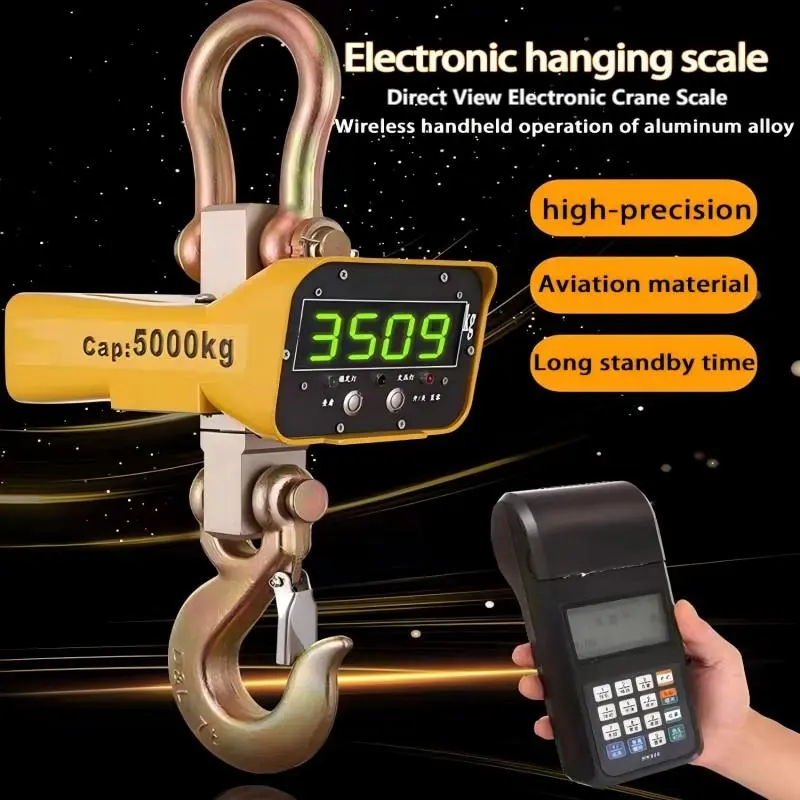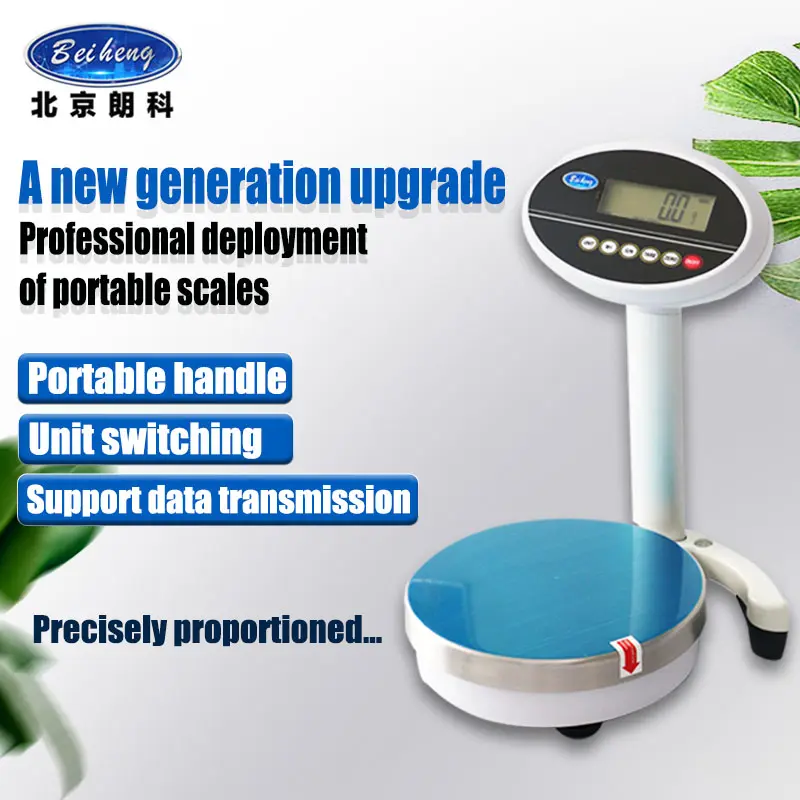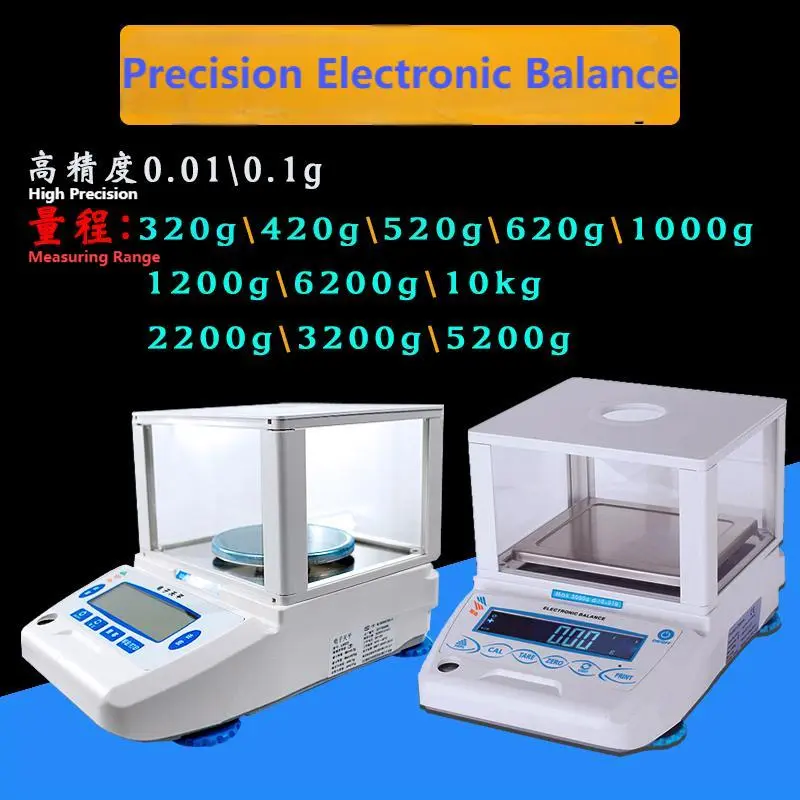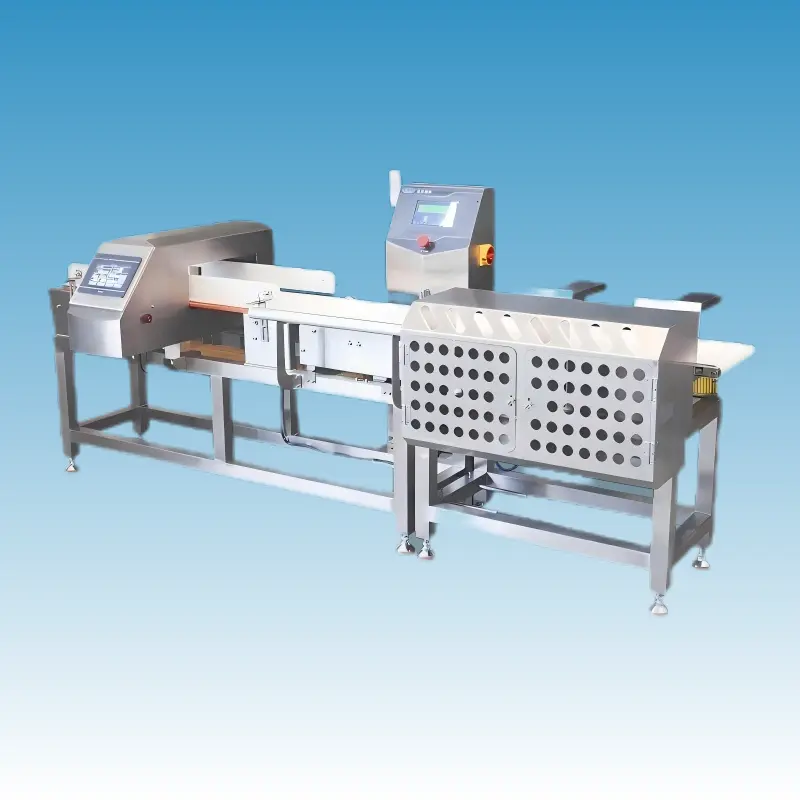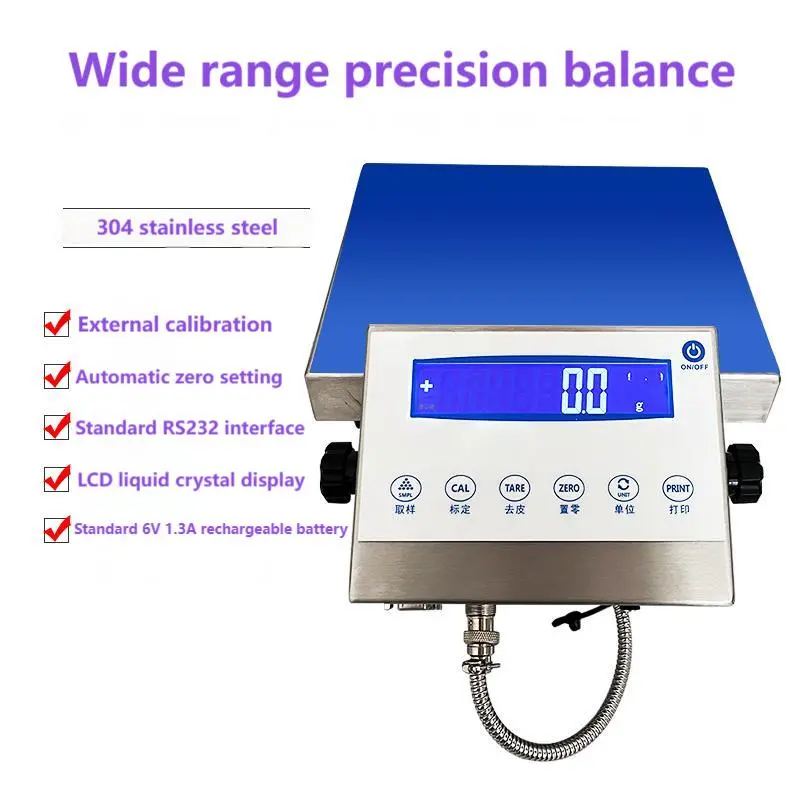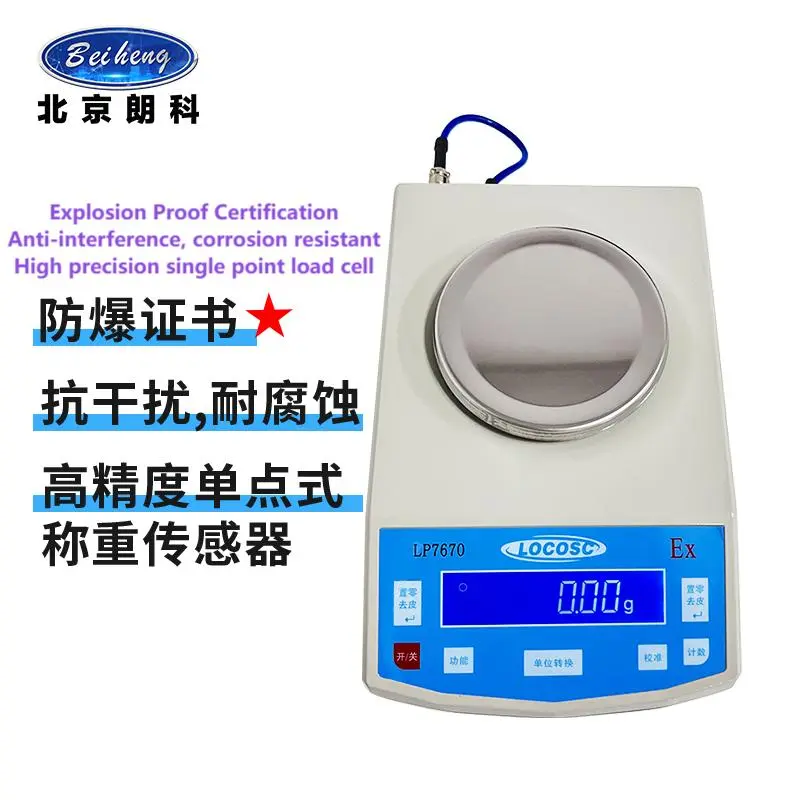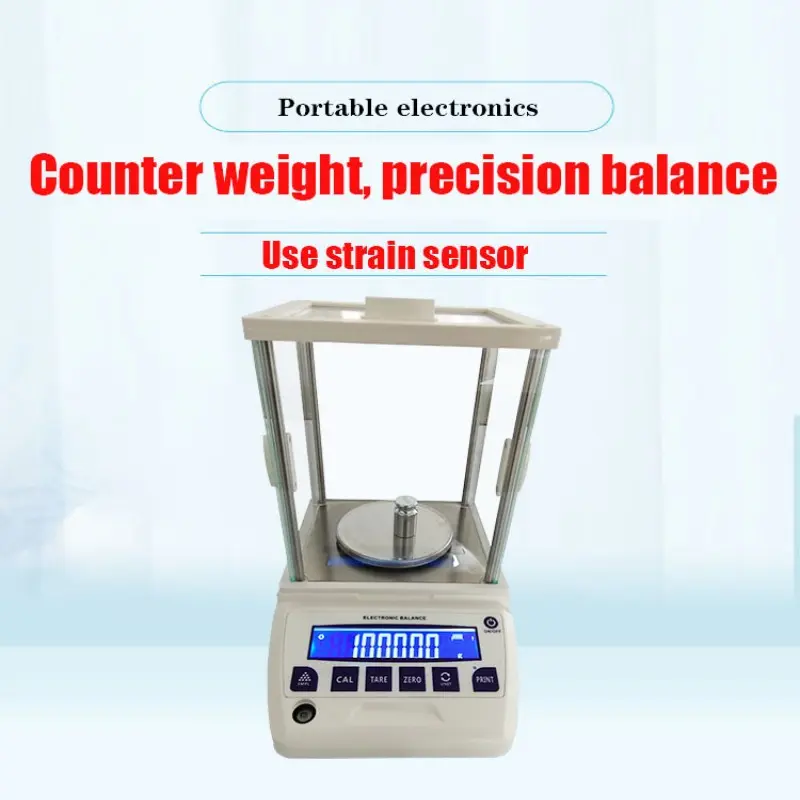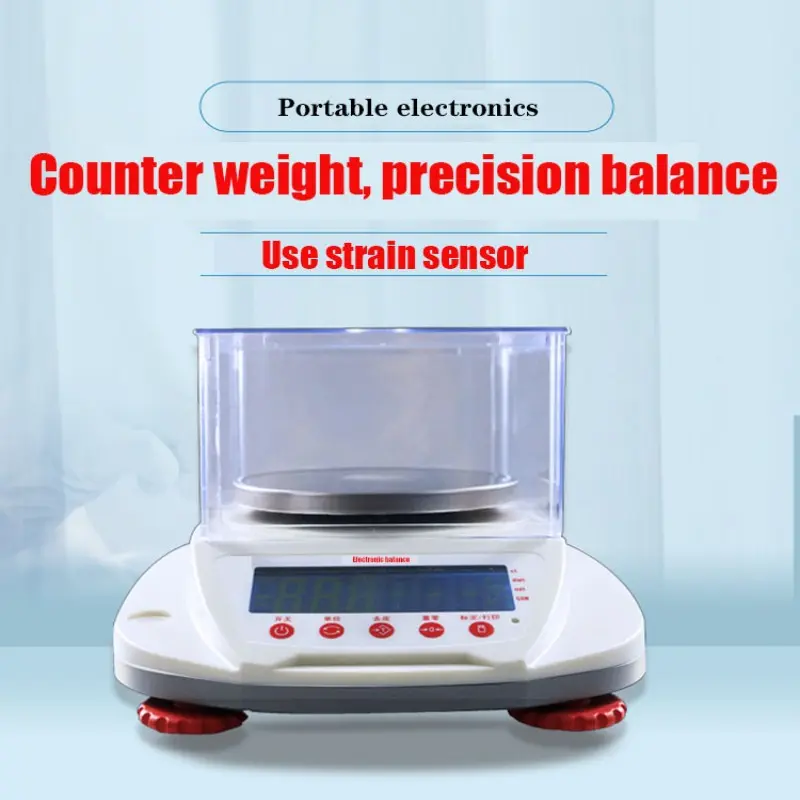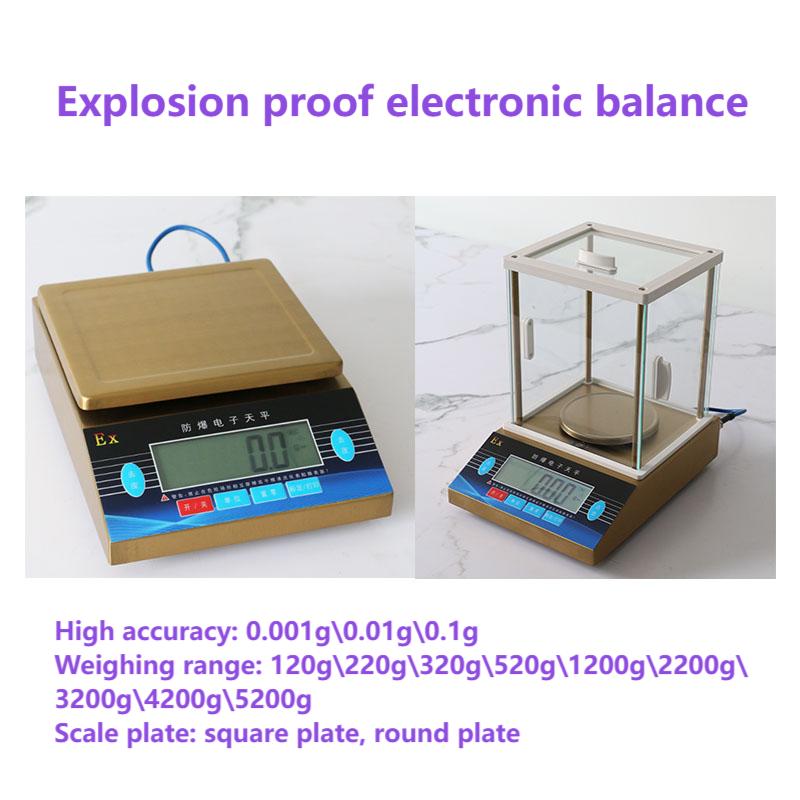Beiheng High Quality Manufacture High Precision Analytical Balance Precision Balance
Video
Product Classification
一. Classification by measuring range
1. Ultra-micro electronic balance
Measuring range: Maximum weighing range 2-5 grams.
Features: High reading accuracy, accurate to 7 decimal places, scale division less than 10^-6 of the maximum weighing capacity.
Applications: Pharmaceutical, biotechnology, as well as the need to weigh a very small amount of rare, toxic or potent substance samples.
2. Microbalance
Measuring range: weighing range 3-50 grams.
Characteristics: The division value is less than 10^-5 of the maximum weighing capacity, capable of weighing very small samples with high accuracy.
Applications: Chemical and elemental analysis, emission testing, and applications involving small amounts of rare, valuable, toxic or potent substances.
3. Semi-microbalance
Measuring range: 20-100 grams.
Characteristics: Graduation less than 10^-5 of the maximum weighing capacity, high readability (e.g., 0.1 mg).
Applications: Widely used in a variety of laboratories and scientific research, sometimes called analytical balance (readability up to 0.1 mg), further improve the accuracy of weighing.
4. Constant electronic balance
Measuring range: Maximum weighing range 100-200 grams.
Characteristics: The index value is less than 10^-5 of the maximum weighing capacity.
Applications: Quantitative analysis in laboratory, routine weighing in industrial production, etc.
5. Precision/large electronic balance
Measuring range: Wide range, from 120g-64kg and even heavier.
Features: with specific accuracy level, high sensitivity, readability up to 1g to 0.1mg, designed for high-precision weighing.
Applications: Sample and standard solution preparation, formulation, statistical quality control, counting, and occasions when heavier objects need to be weighed.
二. Classification according to principle
1. Electromagnetic force weighing principle balance
This is the most common weighing principle of electronic balance. This principle has the advantages of high accuracy, high stability and fast response, so electronic balance is widely used in laboratory, industrial production and other fields.
2. Electromagnetic moment balance principle balance
Although these balances are relatively less used in the market, their principle is similar to that of electromagnetic force balance principle balance, except that it is through the electromagnetic moment to balance the gravitational moment of the weighed object.
3. Other principles of balance
Some special types of electronic scales, can use more complex and specialized other principles for weighing. For example, some balances can use piezoelectric effect, capacitance change or other physical phenomena to measure the mass of an object. This is not common in the market.
三. Categorized by Function and Application Scenarios
1. Analysis balance
Including constant, semi-micro, micro and ultra-micro balances. Widely used in chemistry, biology, pharmaceutical research and other fields of drugs, chemical reagents and experimental samples of accurate weighing.
2. Industrial electronic balance
Designed for industrial production environment, more durable. According to different industrial needs, such as water purification mechanics research, jewelry identification or commercial evaluation, etc., the balance can have waterproof, explosion-proof, corrosion-resistant, high precision, stability or speed, accuracy and operability and other features.
四. Other ways of categorization
Electronic balances can also be categorized according to other factors, such as operation mode (e.g., fully automatic, semi-automatic, etc.), display mode (e.g., digital display, pointer display, etc.), and structural features (e.g., draft shield, large weighing pan, etc.).
Precision Classification (reflecting the accuracy and reliability of the weighing results of the electronic weighing instrument)
1. 0.1g accuracy: accuracy to 1 decimal place, applicable to the accuracy requirements are not particularly high routine weighing scenarios.
2. 0.01g accuracy: accuracy to 2 decimal places, often referred to as one percent balance, suitable for weighing tasks requiring higher accuracy.
3. 0.001g accuracy: accuracy to 3 decimal places, belongs to the category of precision balance or one thousandth of a balance, widely used in laboratories and other occasions that require accurate weighing.
4. 0.0001g (0.1mg) accuracy: accuracy is very high, can be accurate to 4 or more decimal places, belongs to the category of analytical balance or one-ten-thousandth of a balance, suitable for colleges and universities, scientific research units and other high-precision requirements of measurement.
5. 0.01mg precision: higher precision electronic balance, belongs to the category of micro-balance, generally used in the fine, micro-items for measurement, such as gold, platinum and other precious metals, accurate weighing.
Img
-
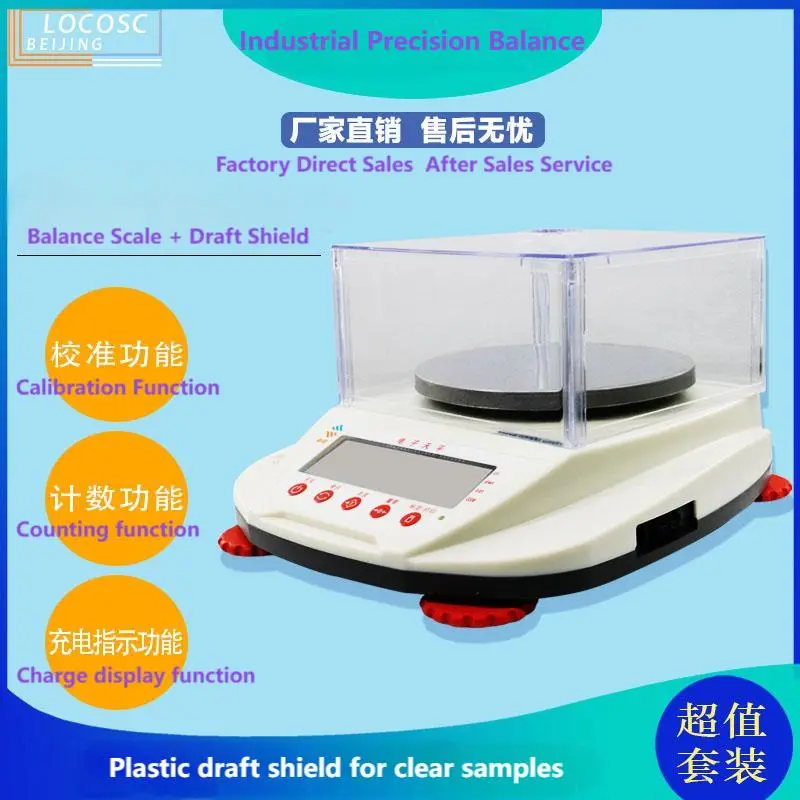
0.1g accuracy
-
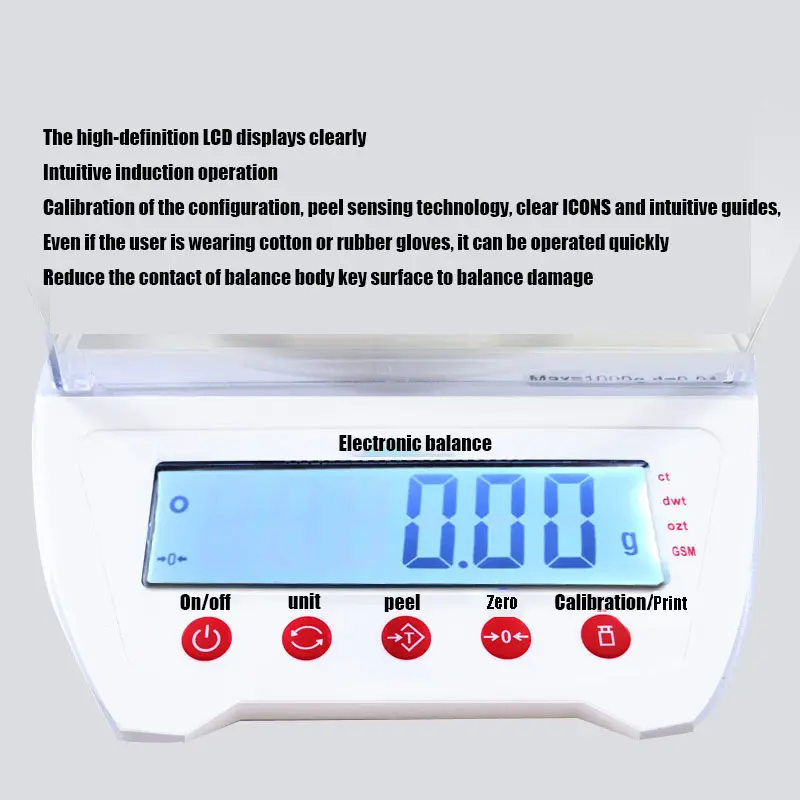
0.01g accuracy
-
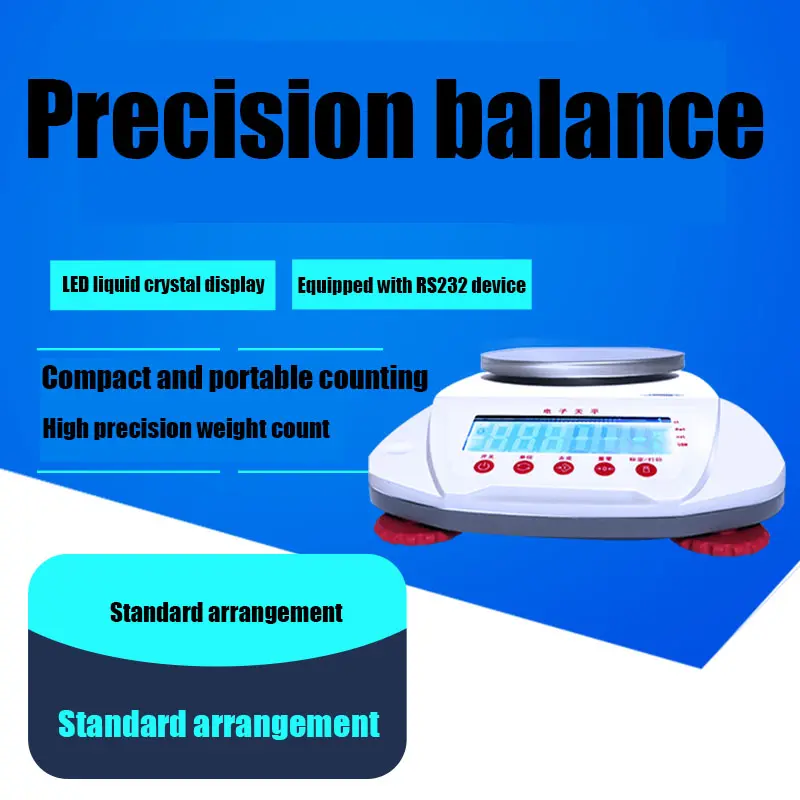
0.001g accuracy
-
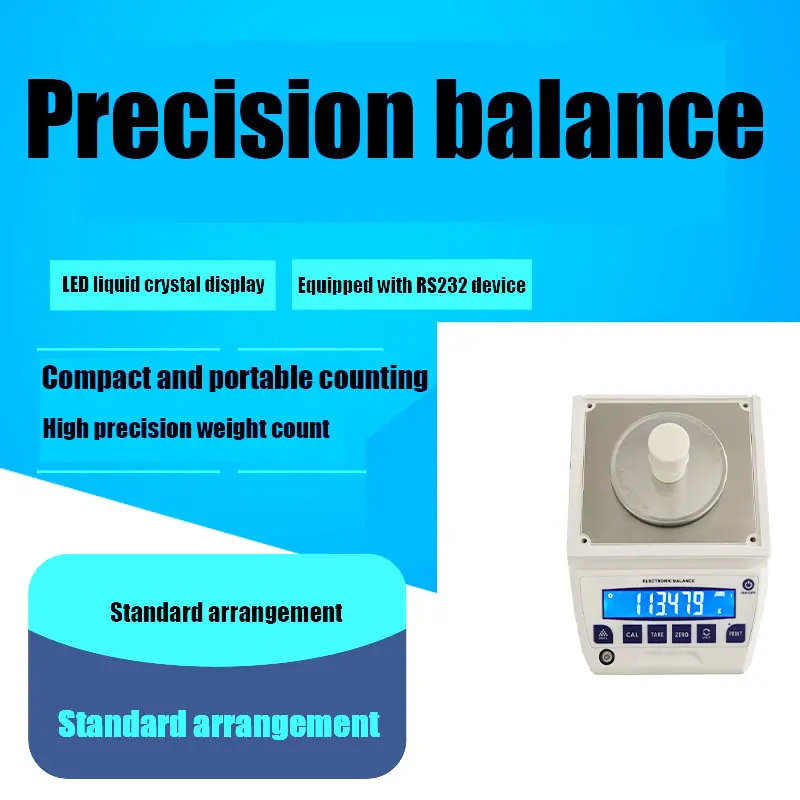
0.0001g (0.1mg) accuracy
-
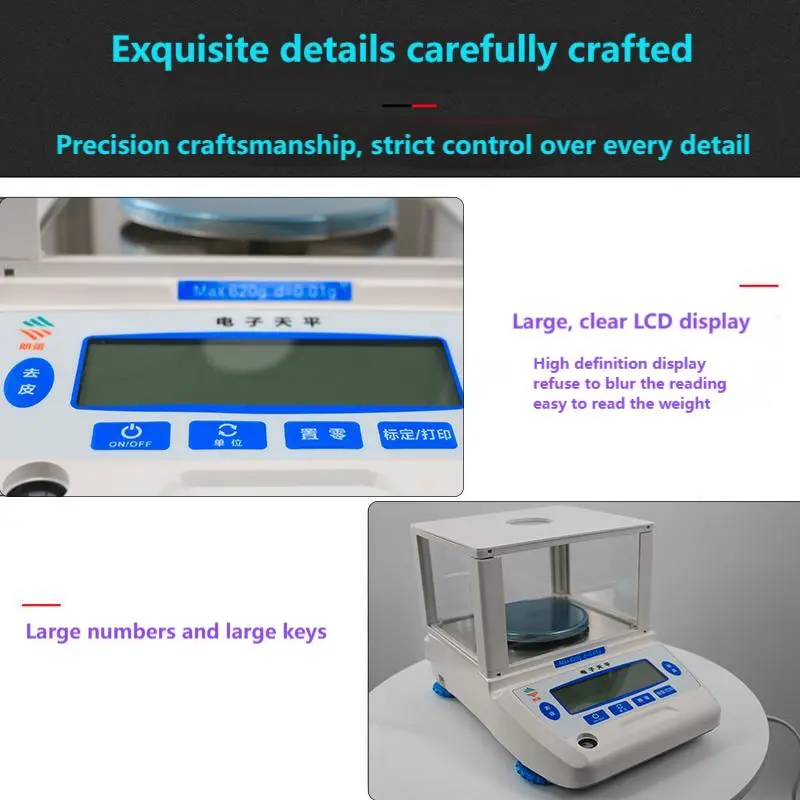
0.01mg precision
-

categorization
The Factors That Affect The Accuracy
1. Sensor type: high-precision electronic balance generally use electromagnetic balance sensor or ceramic capacitance sensor, these sensors have high sensitivity and stability, can ensure the accuracy of weighing results. For example, the electromagnetic force sensor by the electromagnetic force and the measured object gravity balance to measure the mass, its precision and stability determines the weighing accuracy of the balance.
2. Sensor resolution: refers to the smallest mass change it can detect. The higher the resolution, the more subtle changes in mass the balance can detect, thus improving the accuracy of the balance.
3. Calibration: electronic balance in the use of pre-use and use process must be calibrated to ensure its accuracy. Calibration methods include internal calibration and external calibration. Internal calibration is usually carried out by the internal calibration weights of the balance, while external calibration requires the use of standard weights. The accuracy and frequency of calibration have a significant impact on the accuracy of the balance.
4. Adjustment parameters: balance in the use of the process may need to be adjusted parameters, such as zero adjustment, range adjustment, etc.. The accuracy of these adjustment parameters will also affect the accuracy of the balance.
5. Design and structure: electronic balance weighing system includes weighing pan, sensor, circuit system, display, support structure and other parts. The design and structural stability of these parts have an important impact on the accuracy of the balance. For example, the material, shape and size of the weighing pan, and the stability of the support structure will affect the weighing accuracy of the balance. The electronic components inside the scale, such as amplifiers and analog-to-digital converters, also affect its accuracy. The stability and accuracy of the performance of these components determine the stability and reliability of the weighing results of the balance.
6. Environmental factors: gravitational acceleration, temperature, reading time, electromagnetic waves, power supply fluctuation, external vibration and other high and low frequency noise interference may affect the weighing accuracy and stability of the electronic balance. Temperature: One of the important factors affecting the accuracy of the electronic balance. The sensor and electronic components of the balance are sensitive to temperature changes, which may cause zero drift and weighing error of the balance. Therefore, balances usually need to be used in a constant temperature environment and require regular temperature compensation; Humidity: High humidity may cause the electronic components inside the balance to become damp, thus affecting its performance. Vibration and electromagnetic interference: Vibration may cause the weighing system of the balance to become unstable, while electromagnetic interference may interfere with the normal operation of the electronic components of the balance. Therefore, the balance must be installed in a stable and interference-free environment.
7. Use and maintenance: The use of the balance has a certain effect on its accuracy. For example, overload, shock and vibration must be avoided in the weighing process to ensure the weighing accuracy of the balance; maintenance of the balance is also an important factor affecting its accuracy. Regularly cleaning the scale, checking the performance of the sensor and electronic components, and performing the necessary calibration and adjustment can improve the accuracy and stability of the scale.
-

Environmental factors
-

Design and structure
-
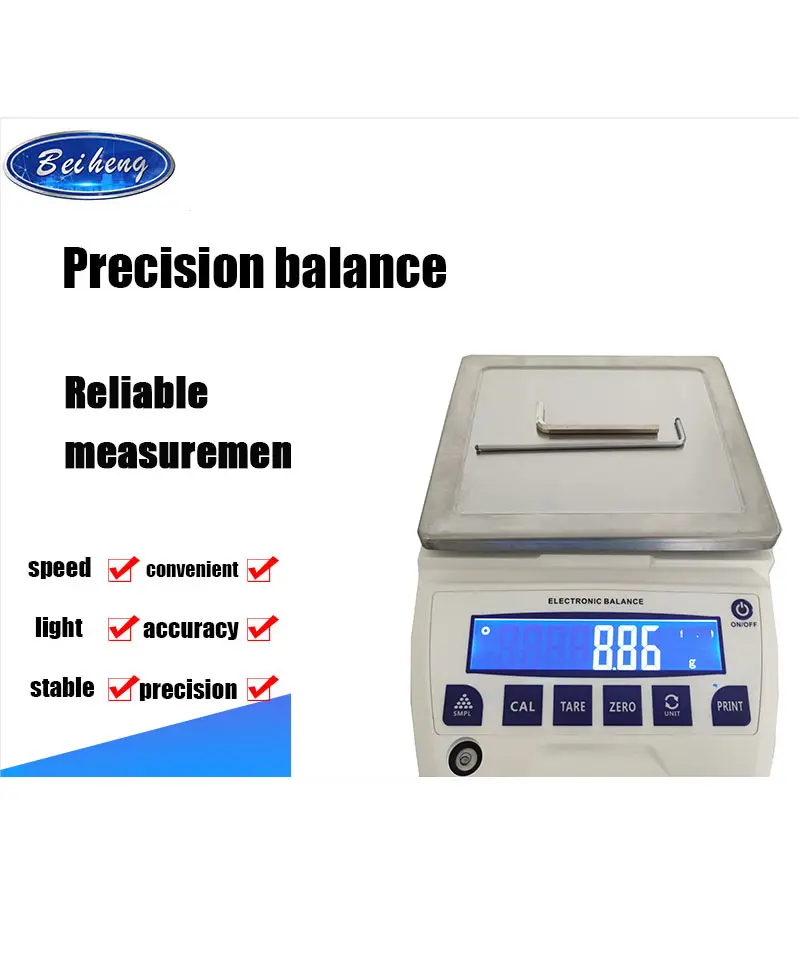
Use and maintenance

